Archives
Survival Tips: Prepping with Pets
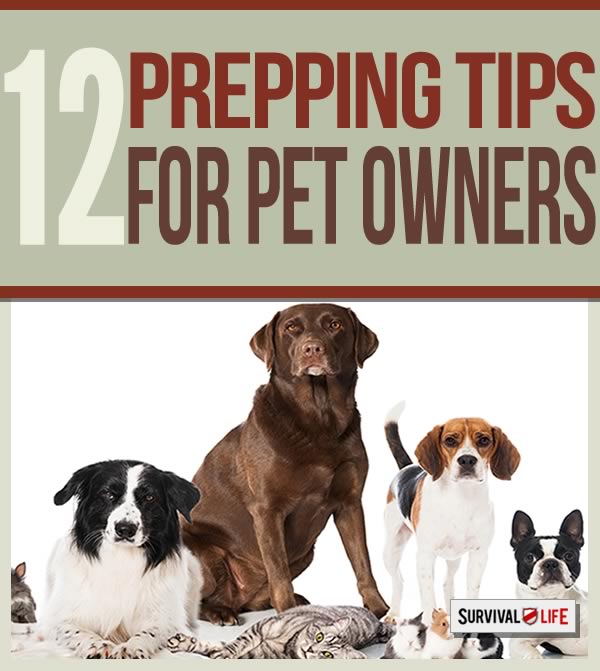
At Survival Life, survival tips are not exclusively for humans; we also have some for your pets. Domesticated animals make life much better, happier and more fulfilled. It's hard to say just how much our pets mean to us. For many of us, they are truly like family.
If you love your pets like I do, then you want to do everything in your power to make sure they are safe, healthy and protected in an emergency. This story about Bailey, a dog who recently fell into frigid Lake Michigan, really tugged at my heartstrings and got me thinking about what I would do to protect my pets in this kind of situation.
Bailey, a golden Labrador, escaped her family and ended up jumping into a semi-frozen Lake Michigan. Luckily for Bailey, she jumped in right next to some Coast Guard members, who immediately ran to the dogs rescue.
The rescue took 20 minutes, precious time in which hypothermia could have set in, but the brave crew was able to pull Bailey out and get her to a local animal shelter, where she received treatment and was returned to her family. A heroic story that highlights just how important it is to make sure our animals are safe during difficult weather.
World News Videos | US News Videos
(Click here to read the full story.)
Many pets aren't so lucky, and sadly many are lost to the elements when a disaster strikes and their owners are not prepared to take care of them under such circumstances.
So I wanted so share some survival tips for prepping with pets. Following these tips will help you make sure your pets are safe, healthy and happy — no matter what.
Survival Tips: Prepping with Pets
One thing is for certain: in a survival situation, you don't want your furry friends to be left behind. Whether you choose to bug out or stay put, you want your pet to be as safe as the rest of the family.
As preppers, we also need to include pets in getting ready for any emergency. In a previous post, we talked about having a plan for your beloved critter when SHTF. Now we have put together some survival tips for prepping with pets. Feel free to share your ideas in the comments section.
1. Start getting ready now: ID your pet
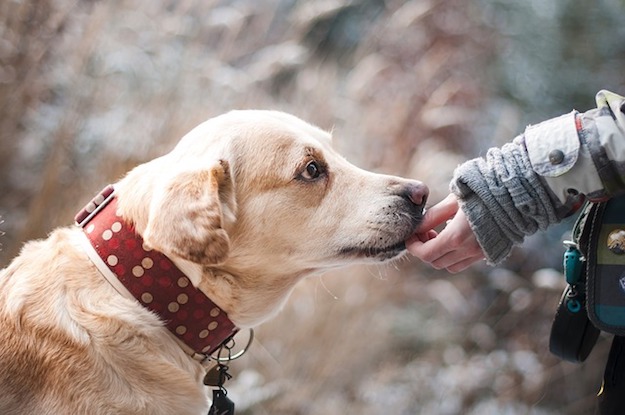
Make sure that your cat or dog is wearing a collar and identification that is up to date and visible at all times. You'll increase your chances of being reunited with a lost pet by having him or her microchipped.If your pet is adopted from a shelter or rescue organization, make sure the registration has been transferred to you and is not still with the adoption group.Put your cell phone number on your pet's tag. It may also be a good idea to include the phone number of a friend or relative outside your immediate area—in case you have had to evacuate. For the full post click here.
2. Arrange a safe haven
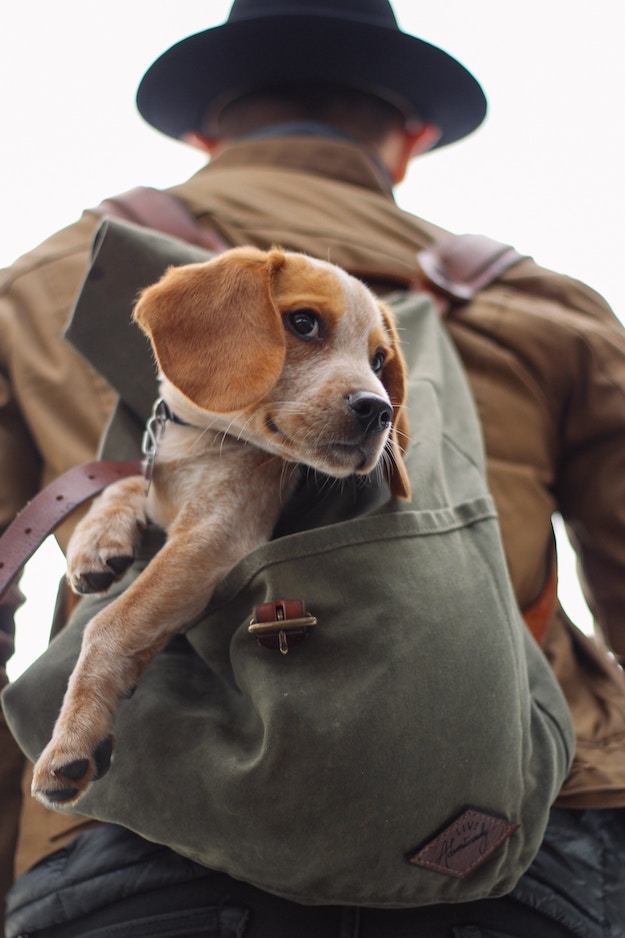
Arrange a safe haven for your pets in the event of evacuation. DO NOT LEAVE YOUR PETS BEHIND. Remember, if it isn't safe for you, it isn't safe for your pets. They may become trapped or escape and be exposed to numerous life-threatening hazards. Note that not all Red Cross disaster shelters accept pets, so it is imperative that you have determined where you will bring your pets ahead of time:
Contact your veterinarian for a list of preferred boarding kennels and facilities.
Ask your local animal shelter if they provide emergency shelter or foster care for pets.
Identify hotels or motels outside of your immediate area that accept pets.
Ask friends and relatives outside your immediate area if they would be willing to take in your pet.
3. Shelter in place

When sheltering at home with your pet, make sure the room chosen is pet-friendly in the following ways:
Select a safe room, preferably an interior room with no (or few) windows.
Remove any toxic chemicals or plants.
Close off small areas where frightened cats could get stuck in (such as vents or beneath heavy furniture).
4. Keep their health in check
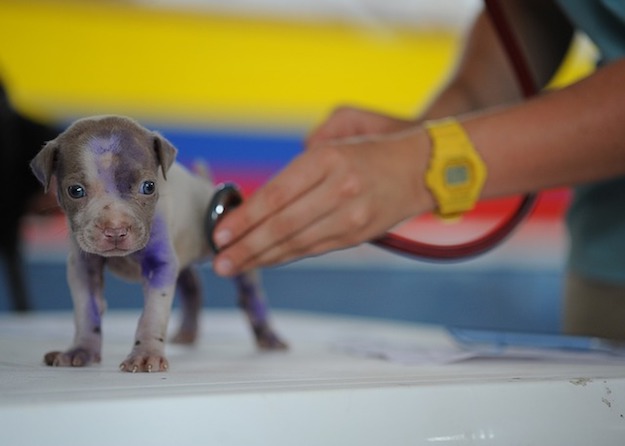
Make sure you take them to the vet every year prior to a state of emergency. Doing so will keep them current with their shots and ensure that they’re in good health. Click here to read the whole article.
5. First Aid supplies
Some basic first aid supplies (e.g. gauze, sports tape) could be used for pet first aid, other items might need to be more pet specific. Pick up a pet first aid kit which includes items recommended by the Red Cross. Many varieties of pet first aid kits can easily be found on places like Amazon.
Read more at http://www.prepper-resources.com/pet-considerations-while-prepping/
6. Supplies: Pet food

This is just an opinion and I’m sure that we’ll have a lively discussion about it, but you may want to consider storing foods such as tuna or low-sodium beef stew that you may find on sale BOGO (or even free with coupons) in place of part of your pet food. That way, your pet food is also edible by people, and frankly will cost less than buying canned dog or cat food. It may not be ideal now but if SHTF, it’ll do!
To read the full post, click here.
7. Supplies: Water

Water, especially here in Texas, is a top priority as well. We store water in 2 liter bottles for humans to drink. You should store a week or so for ALL your pets to drink from just in case, separate from the human supply.
We have a filter for our use to obtain water on the go, but there is no reason you can’t use the same filter to replenish water for your pets. Just like us, pets have about 3 days without water to survive. It would also be a good idea to have a bowl for drinking and feeding with your supplies. See more…
8. Pet-proof security measures

The first step you should take when incorporating pets in your survival plans is to make sure that your home’s defenses do not pose any risk to your pets and that your pets do not threaten to compromise the efficiency of your defenses. If traps are part of your defense plan (something I neither recommend or condone), it would be wise to make them unaccessible to any pets in your household. Barbed-wire or electrified fencing can be a serious hazard to pets in particular. However, many elements of traditional security systems do not pose any kind of physical threat to pets unless they’re hazardously mounted. Read more…
9. Train them to serve
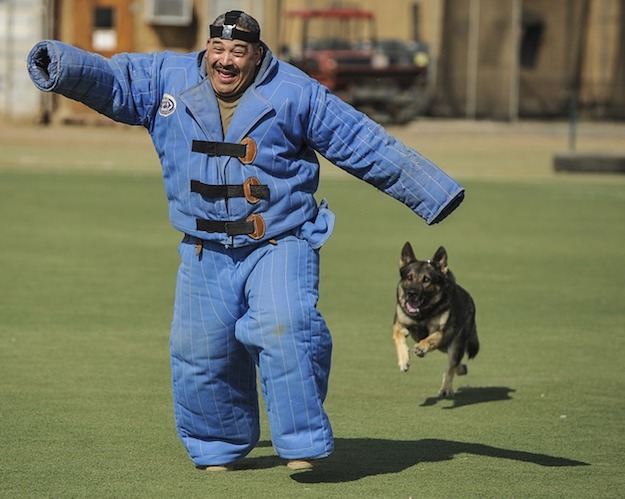
Train your animals to be of use. Dogs can pull people or small carts, carry backpacks and act as protectors. Horses, mules or donkeys can be ridden or used as plow animals and can pull the sick or wounded. Pigs can be trained to defend the house or even carry items. Birds can even be trained to protect you or to act as an alarm. Train your pets to serve a purpose if at all possible; otherwise they’ll just be extra mouths to feed. Continue reading.
10. Prepare a pet emergency kit
Whether you stay home or evacuate, keep a pet emergency kit with your family’s emergency kit. Use plastic zipper bags to protect the items. Items should include:
Collar with ID tags and sturdy leash
Two-week supply (or more) of each pet’s medication
Photocopies of health records and a recent photo taken of you with your pets
Two-week supply of pet food and bottled water, and bowls for each.
First-aid supplies, including bandages, tape, tweezers and antibacterial ointment (Ask your vet for recommendations)
Secure, covered carrier/crate (large enough for your pet to completely turn around)
Flashlight and radio, with fresh batteries for each.
Favorite toy or bedding (to help reduce the stress of unfamiliar surroundings)
Cleaning supplies and disposable trash bags or newspaper for cleanup.
Click here to see the full article.
11. Leave your pet with a friend
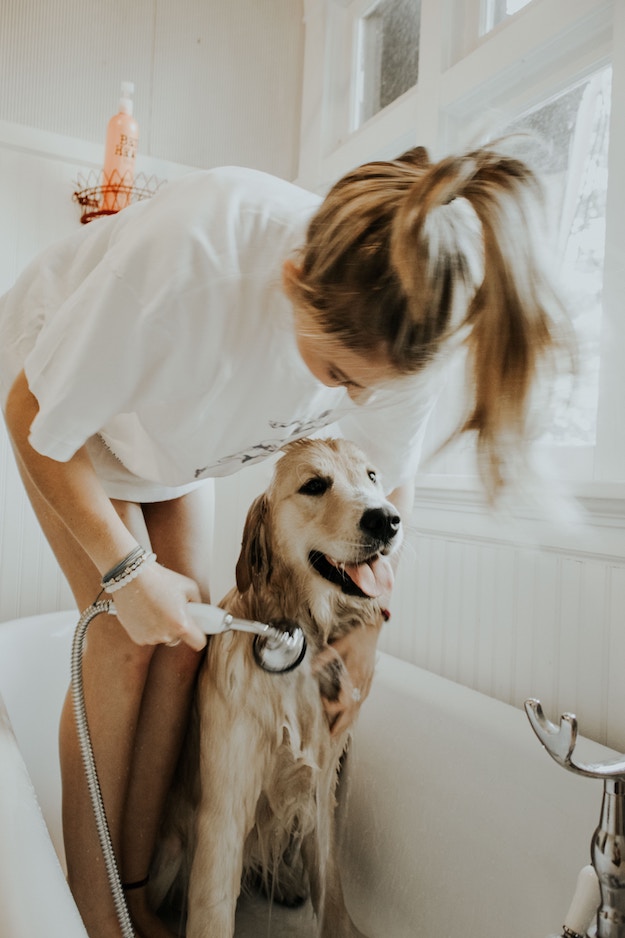
What happens if disaster strikes and you cannot get back home right away? Have a trusted friend or neighbor you can call to look after your pet until you can back home. This is something that must be planned well ahead of time however. Any friends or neighbors must be introduced to the animal and get to know them over time, know its feeding and bathroom schedule and know where the animal’s food, leashes and harnesses are located. Of course, any caretaker would need to have a key or access to a hidden key. See more…
12. Get pet insurance
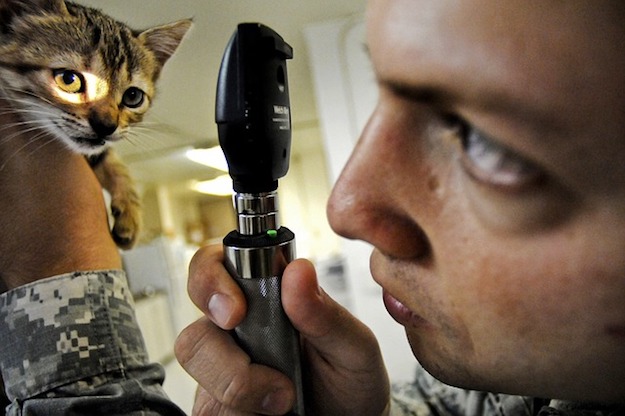
Accidents and illness against your pets while you are gone are always a possibility, and the resulting veterinarian bills can put you in a financial bind, especially while you’re out of the country. Put your mind at ease by protecting your pet with pet insurance. Read more…
Pet Emergencies: How to Prepare
Bug Out Bags for Your Beloved Pets
9 Disaster Preparedness Tips for Pet Owners
-

 Paracord Projects1 year ago
Paracord Projects1 year agoParacord Projects | 36 Cool Paracord Ideas For Your Paracord Survival Projects
-

 Paracord Projects1 year ago
Paracord Projects1 year agoHow To Make Paracord Survival Bracelets | DIY Survival Prepping
-

 Medical Care1 year ago
Medical Care1 year ago21 Home Remedies For Toothache Pain Relief
-

 Knife Laws1 year ago
Knife Laws1 year agoAre Switchblades Legal? Knife Laws By State
-

 Do It Yourself1 year ago
Do It Yourself1 year agoSurvival DIY: How To Melt Aluminum Cans For Casting







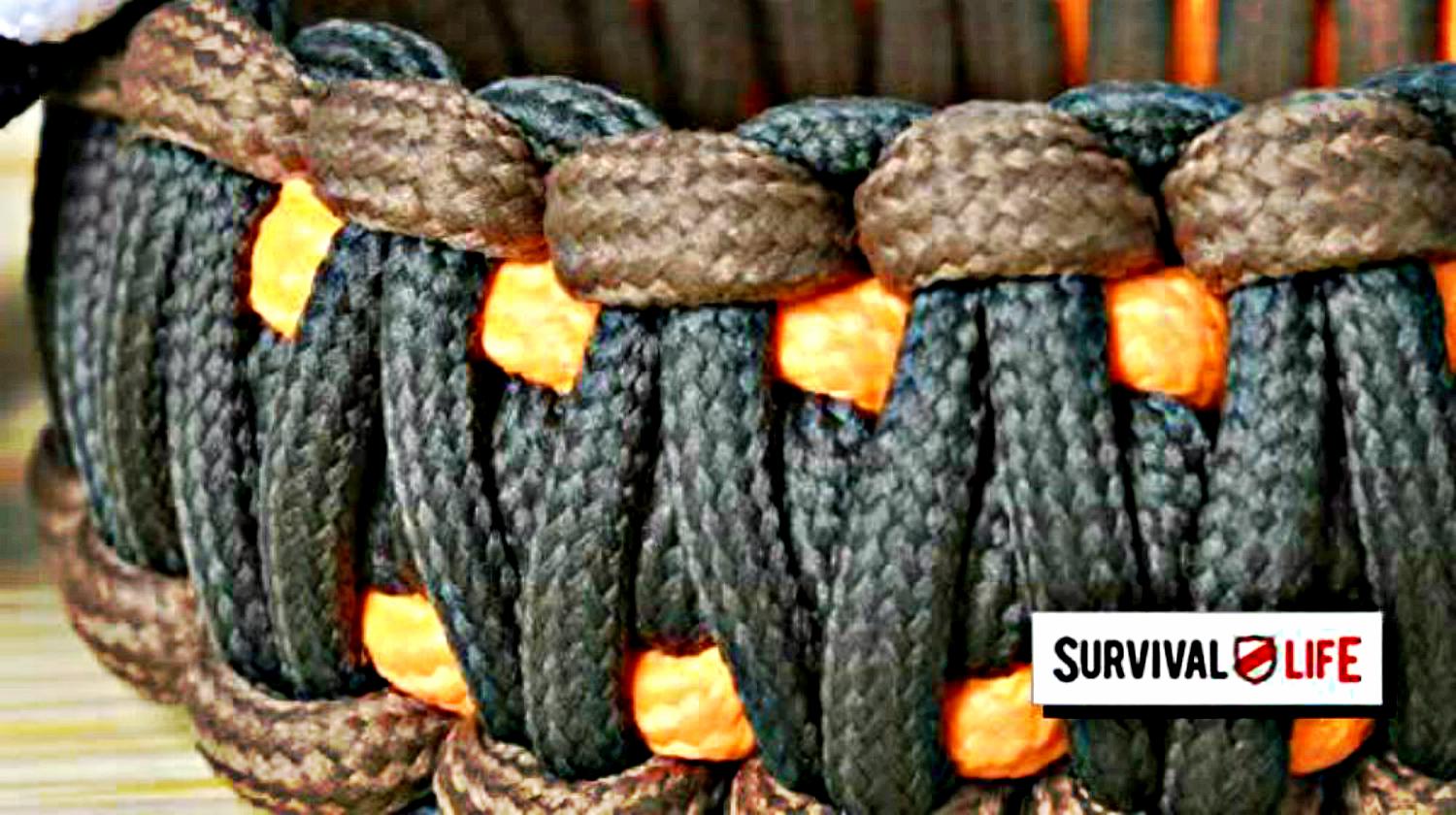
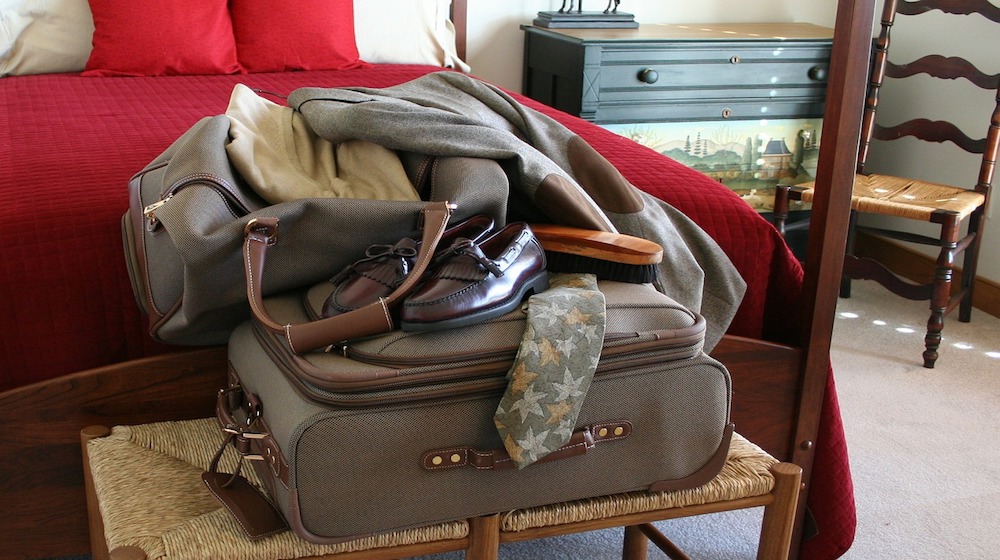





Pingback: Survival Tips: Prepping with Pets | Patriot Powered News
Pingback: Survival Tips: Prepping with Pets » Survival Gear & Food Storage
Pingback: Survival Life's Ultimate List Of Survival Hacks And Skills
Pingback: When Prepping Becomes Survival – Overlooked Skills And Equipment For Extreme Emergencies
Pingback: When Prepping Becomes Survival – Overlooked Skills And Equipment For Extreme Emergencies | AwakeAndAware.ca
Pingback: Shelter in Place Tips to Keep You Safe | Survival Life
Pingback: Shelter in Place Tips to Keep You Safe | survivalisthandbook.com
Pingback: 30 Tips for Sheltering in Place – survivalgear
Pingback: Couples Defense: What You Can Do with Your Partner to Stay Safe
Pingback: 30 Tips For Sheltering In Place | Primitive technology
Pingback: 30 Tips For Sheltering In Place – Ultimate Survival Alerts
Pingback: Sheltering In Place | 30 Tips For Sheltering In Place – SurvivalCove.com